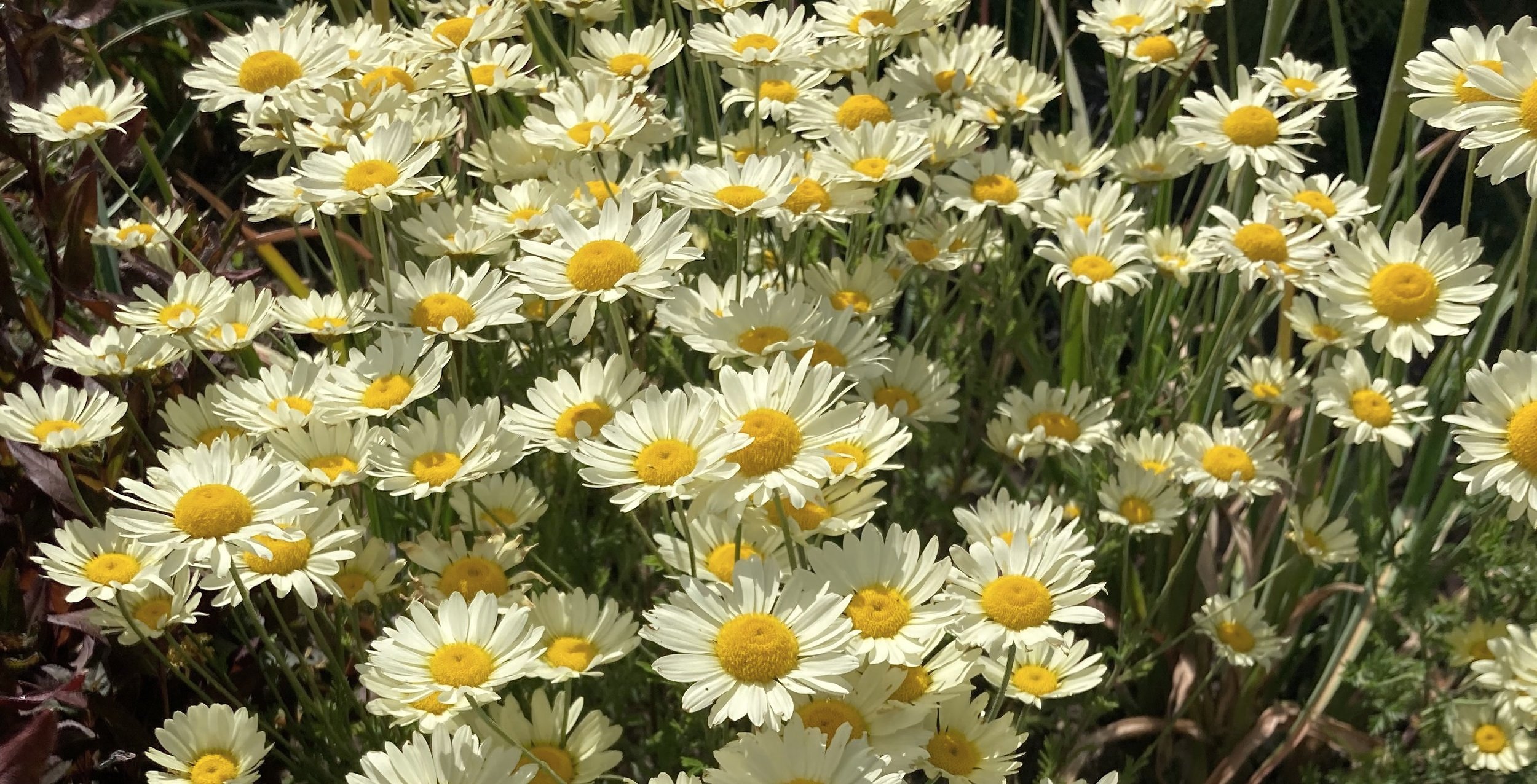What is regenerative gardening?
Regenerative gardening is a relatively new name for a set of principles that draw from organic and no-dig gardening, permaculture and natural ecosystems. The heart of the idea is based on building healthy soil. Yes, we still want a beautiful and productive garden, but regenerative gardening is all about recognising the key to this is getting the soil right.
While regenerative gardening is a relatively new term, regenerative agriculture has been gaining interest for over a decade now. The essence of this approach is promoting the build-up of soil organic matter and supporting a living soil ecosystem. Through managing grazing, keeping the ground covered with plants, and disturbing the soil as little as possible, farmers across the world have demonstrated the benefits of regenerative agriculture – healthy farm ecosystems, reduced inputs (and reduced costs), improved harvests and the potential to help fight climate change by drawing carbon from the atmosphere and locking it away in the ground. Experts suggest that regenerative farming, if adopted broadly, could help slow the rate of climate change.
While our gardens are on a much smaller scale, we can adapt and apply some of the practices of regenerative agriculture to help create more resilient, beautiful gardens. And if this also means we can spend less time weeding and watering – it’s all good.
How to garden regeneratively…
Many gardeners will already be using at least some regenerative gardening techniques. Most are easy to apply in any garden setting and can have far-reaching benefits.
Make compost to feed the soil – spread organic compost or well-rotted manure over the soil to feed the microbes.
Disturb the soil as little as possible – stop digging unless you really need to.
Keep the ground covered – with plants and/or mulches to protect the soil from sun, rain and wind.
Use no pesticides – anything you spray on your plants will wash down onto the soil and, more than likely, negatively impact the microbes you want to nurture.
Take care with fertilizers –microbes in a healthy soil have a symbiotic relationship with the plants. They release essential nutrients in a form plants can access. This balance can be disrupted by adding synthetic fertilizers.
Encourage biodiversity – diversity is good.
Regenerative gardening plus…
While building a healthy soil ecosystem is the basis of regenerative gardening, there are a few add-ons which can make your garden (and the world) an even more beautiful place to be.
Never, ever, ever use composts containing peat. Peat bogs are delicate and crucial ecosystems that are being destroyed to provide bags of compost for gardeners. This industry not only causes loss of habitat for a whole range of specialist species, it is also digging up an important carbon sink, releasing more carbon into the atmosphere. If you care about the planet and the future, there really is no excuse for buying and using peat-based compost.
Grow nectar-rich flowers. Filling your garden with flowers provides bees, butterflies and other pollinators with a source of food. Aim to have a range of plants in bloom from late winter to late autumn (or all year round if you live in areas where bees may be active through the winter). Flowers have also been found to be good for our mental wellbeing… just in case you needed another excuse to grow them!
Embrace a little messiness. Long grass, piles of dead wood or patches of nettles might not be everyone’s idea of a beautiful garden feature, but they create important areas of habitat for wildlife.
Add nesting boxes for bees and birds.
Take care when using a strimmer. This one is especially important (to me at least). Over the last few years, I’ve found a number of injured hedgehogs wandering in the garden during the day. The vet has said their injuries were consistent with being caught by a strimmer. They have all died from their injuries.
Provide food and water for wildlife. Many of us put food out for the birds during the colder months. If hedgehogs visit your garden, put out a saucer of meat-based cat or dog food in the evening and enjoy watching them feed. Water is also hugely important – a pond, birdbath or shallow dish for drinking and/or bathing can make a huge difference. Ponds, however small, are also brilliant garden habitats for invertebrates and amphibians.
Grow food. Everyone should grow at least one thing they can eat – it can change the way you cook and gives you a new appreciation for how much care goes into producing the food on the supermarket shelves.
Regenerative gardening is a beautifully simple idea that has the potential to benefit the environment, and create gardens filled with flowers, wildlife and nutritious, homegrown food.

